Introducing Micro-hole Zone Technology
Micro-hole Zone Technology ensures complete bladder emptying in one free flow*. By reducing mucosal suction, it eliminates the need for repositioning and reduces the risk of residual urine and microtrauma.1,2
Learn how Micro-hole Zone Technology works
Intermittent catheters with Micro-hole Zone Technology have a zone of micro-holes, designed to reduce the risk of UTIs. Micro-hole Zone Technology enables1:
- One free flow – The urine flow stops when the bladder is completely emptied*
- No repositioning – There is no need to reposition the catheter as mucosal suction is reduced
- Less risk of UTIs – Designed to reduce the risk of UTIs† by minimising residual urine and bladder microtrauma‡
*The Micro-hole Zone Technology catheter has close to no flow stops and complete bladder emptying is defined as <10 mL (NCT05485922, N=42). Individual results may vary
† UTI risk factors defined by Kennely M et al. (2019), 10.1155/2019/2757862.3
‡Tested in a pre-clinical setting (ex vivo)
Drains the urine in one free flow
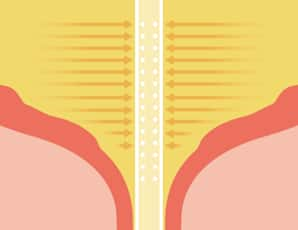
Designed to drain urine at the bottom of the bladder across a zone of micro-holes. 1
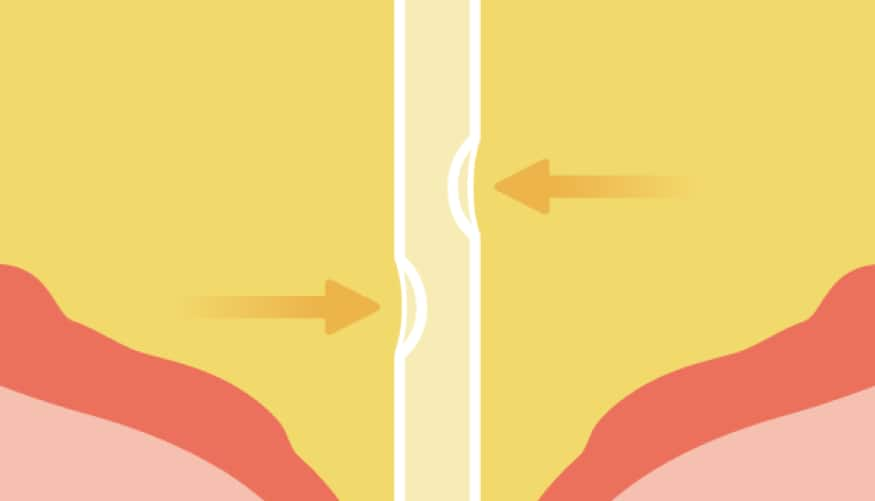
Two eyelets for urine draining.
No need for repositioning
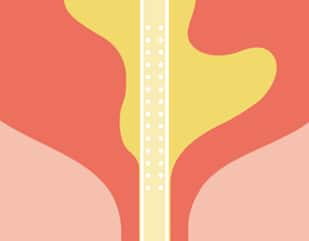
Reduces mucosal suction of the bladder wall. 1
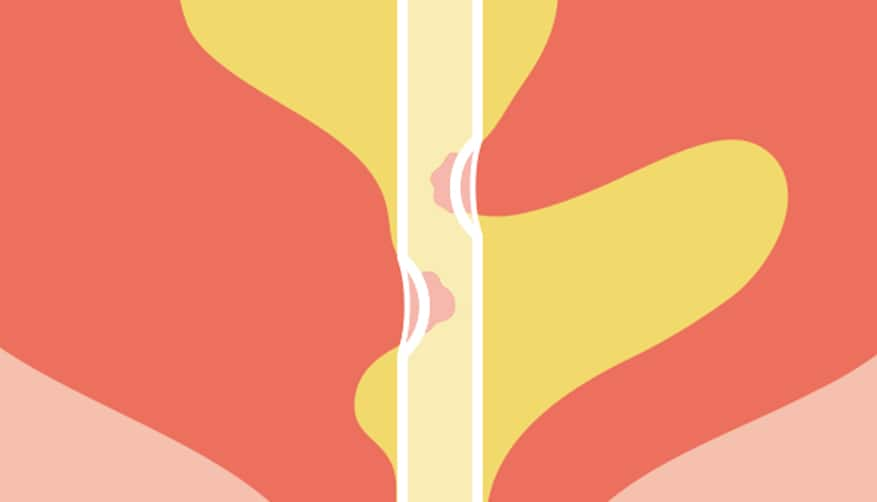
Leads to mucosal suction, causing the urine flow to stop. These flow stops may give a false indication of an emptied bladder. 2,4
Less risk of UTIs

Is designed to reduce the risk of UTIs. 1,3
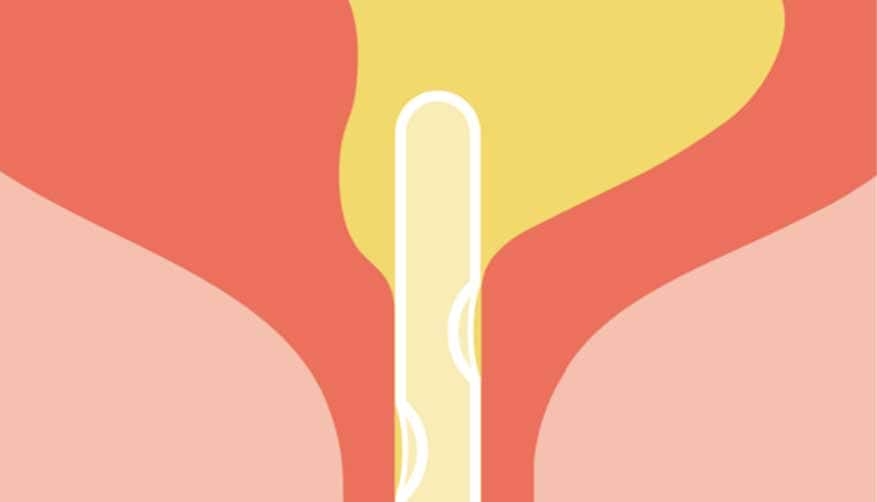
If residual urine is left behind in the bladder, bacteria may thrive and potentially lead to the development of UTIs. 5,6
What evidence is there about Micro-hole Zone Technology?
Micro-hole Zone Technology is designed to reduce the risk of UTIs among IC users, according to a comprehensive set of pre-clinical and clinical activities. Click to learn more about the pre-clinical activities presented at global conferences.
Pre-clinical posters:
- Landauro MH, Jacobsen L, Tentor F, et al. New Intermittent Urinary Micro-Hole Zone Catheter Shows Enhanced Performance in Emptying the Bladder: A Randomised, Controlled Crossover Study. J. Clin. Med. 2023, 12, 5266.
- Tentor F, Schrøder BG, Nielsen S et al., Development of an ex-vivo porcine lower urinary tract model to evaluate the performance of urinary catheters. Scientific Reports. 2022; Oct 24;12(1):17818
- Kennelly M, Thiruchelvam N, Averbeck MA et al., Adult neurogenic lower urinary tract dysfunction and intermittent catheterisation in a community setting: Risk factors model for urinary tract infections. Advances in Urology. 2019; Apr 2;1–13
- Willumsen A, Rezaa T, Schertigera L, and Nielsen LF. Reduction in Eyelet Size in Intermittent Urinary Catheters Results in Less Urothelial Microtrauma in the Bladder. UKCS Annual Scientific Meeting; Sheffield, United Kingdom 2023.
- Vasudeva P and Madersbacher H, Factors implicated in pathogenesis of urinary tract infections in neurogenic bladders: some revered, few forgotten, others ignored. Neurology and Urodynamics. 2014 Jan;33(1):95-100
- Barber AE, Norton JP, Spivak AM et al., Urinary tract infections: current and emerging management strategies. Clinical Infectious Diseases. 2013; Sep;57(5):719-2
